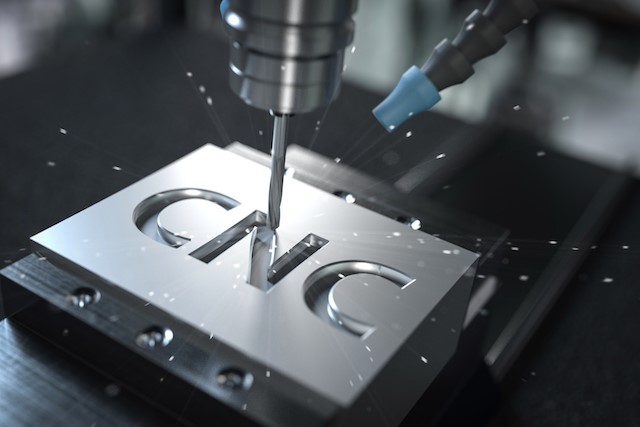Precision is the cornerstone of success in the fast-paced manufacturing industry, and nowhere is this truer than in CNC machining China. The industrial sector has seen a transformation because of CNC machining, which provides unmatched accuracy, reproducibility, and efficiency. Precision in CNC machining is the result of a careful balancing act between a number of different aspects and methods, including tool selection, programming, quality control, and machine calibration.

Device Calibration: The Basis of Accuracy
The calibration of the machines is the first step toward the accuracy of CNC machining China. The equipment is guaranteed to be working within predetermined tolerances by routine calibration. This entails evaluating and modifying the machine's thermal stability, backlash, and positioning precision. In addition to ensuring precise part dimensions, calibration increases the equipment's longevity.
Choosing and Maintaining Tools: Cutting-edge Tools
In order to achieve precision in CNC machining and injection molding, the selection of cutting tools is essential. Excellent tools with precise edges and the right coatings have a big influence on the finished product's dimensional correctness and surface polish. To guarantee constant precision over time, routine maintenance is necessary. This includes tool examination, regrinding, and replacement.
Created Precision Code: Optimized CNC Programming
The programming of machines is closely linked to precision in CNC machining. The toolpaths and operations are set by CNC programs, which are frequently written in G-code. Code optimization includes minimizing toolpath deviations, cutting down on pointless motions, and utilizing sophisticated algorithms to create more seamless transitions between cutting paths. Not only does effective programming save time, but it also improves the overall accuracy of the machining process.
Material Considerations: Aligning Material Properties with Precision
The way that various materials react to machining operations varies. Attaining accuracy requires an understanding of the characteristics of the material being worked on. Crucial factors include machinability, hardness, and thermal conductivity. To preserve accuracy when working with a variety of materials, CNC operators must modify the cutting settings, tool speeds, and feeds as necessary.
Quality Assurance Measures: Confirming Accuracy
Once the machining process is over, the quest for accuracy never stops. Strict quality control procedures are used to confirm that the finished product is accurate. To make sure that the machined components satisfy the required tolerances, this may include using coordinate measuring machines (CMMs), optical inspection systems, or other metrology equipment.
CNC machining accuracy is a complex process that demands close attention to detail at every turn. Each element affects the total accuracy of the finished product, from machine calibration to tool selection, optimum programming, material concerns, and quality control. Manufacturers who strive for excellence in their products know that attaining accuracy requires constant dedication to continual development rather than merely a goal.
CNC machining is a monument to the union of technology and craftsmanship in an environment where quality and accuracy are critical. The ongoing quest for accuracy drives innovations and establishes new benchmarks for manufacturing excellence as the industry changes.
















